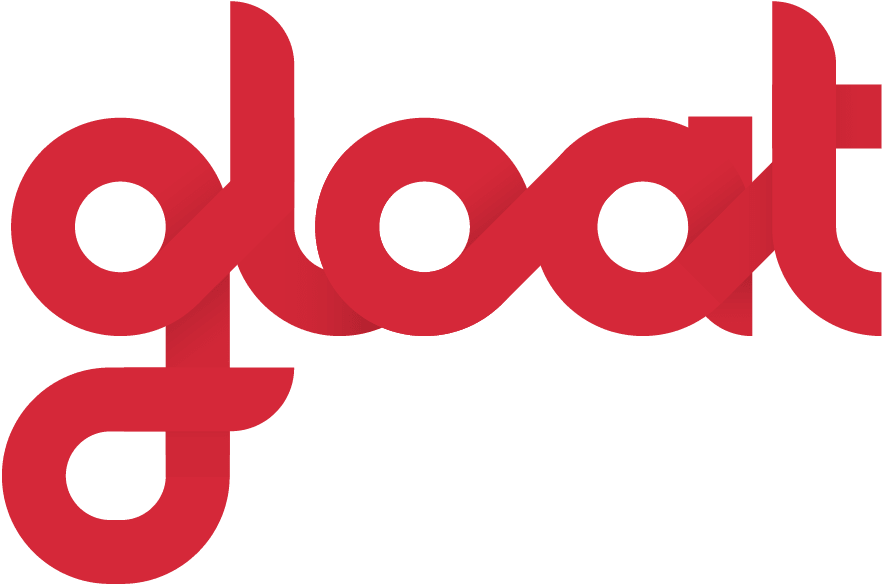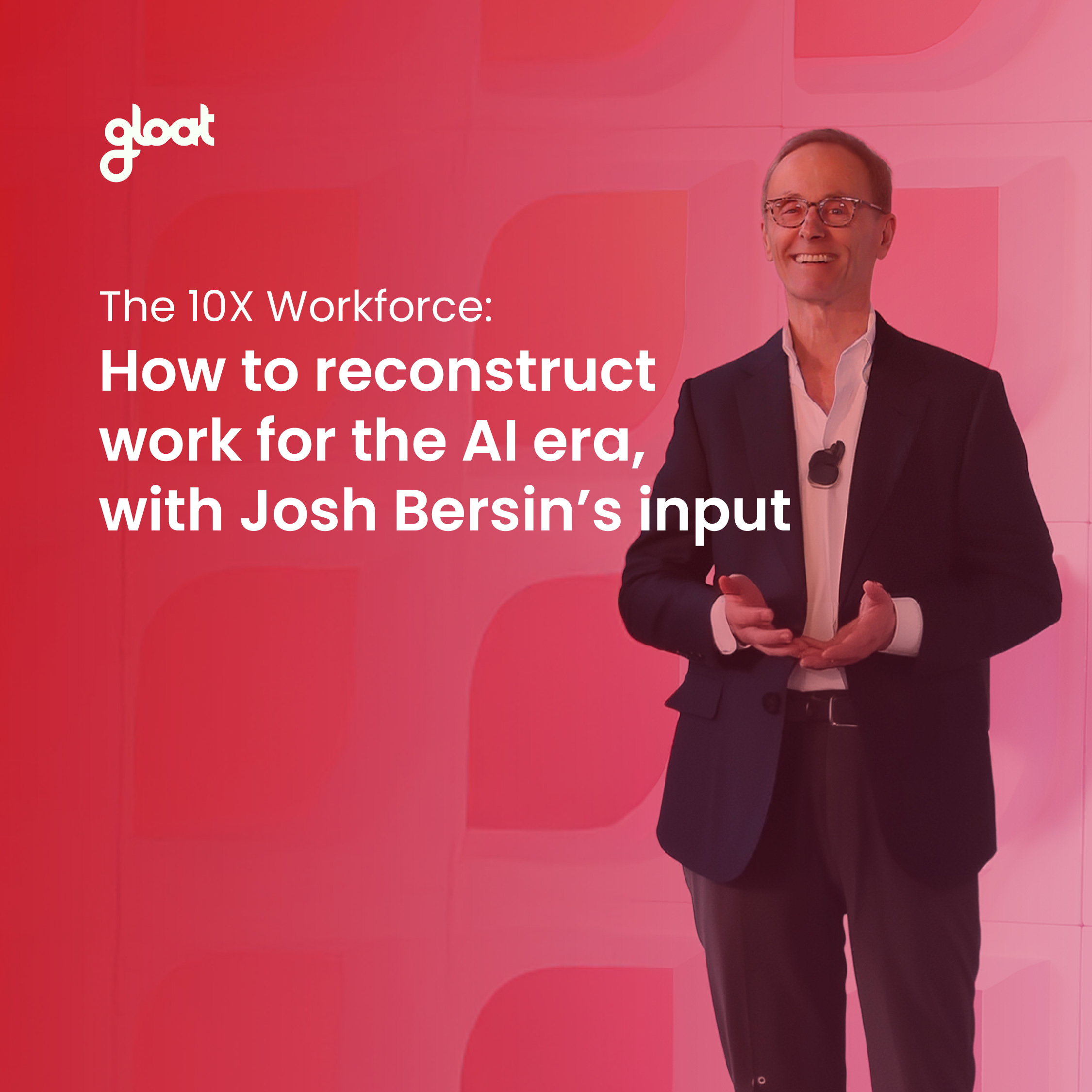AI and Human Collaboration in the Workforce
Learn how employees and AI can come together to achieve unprecedented results
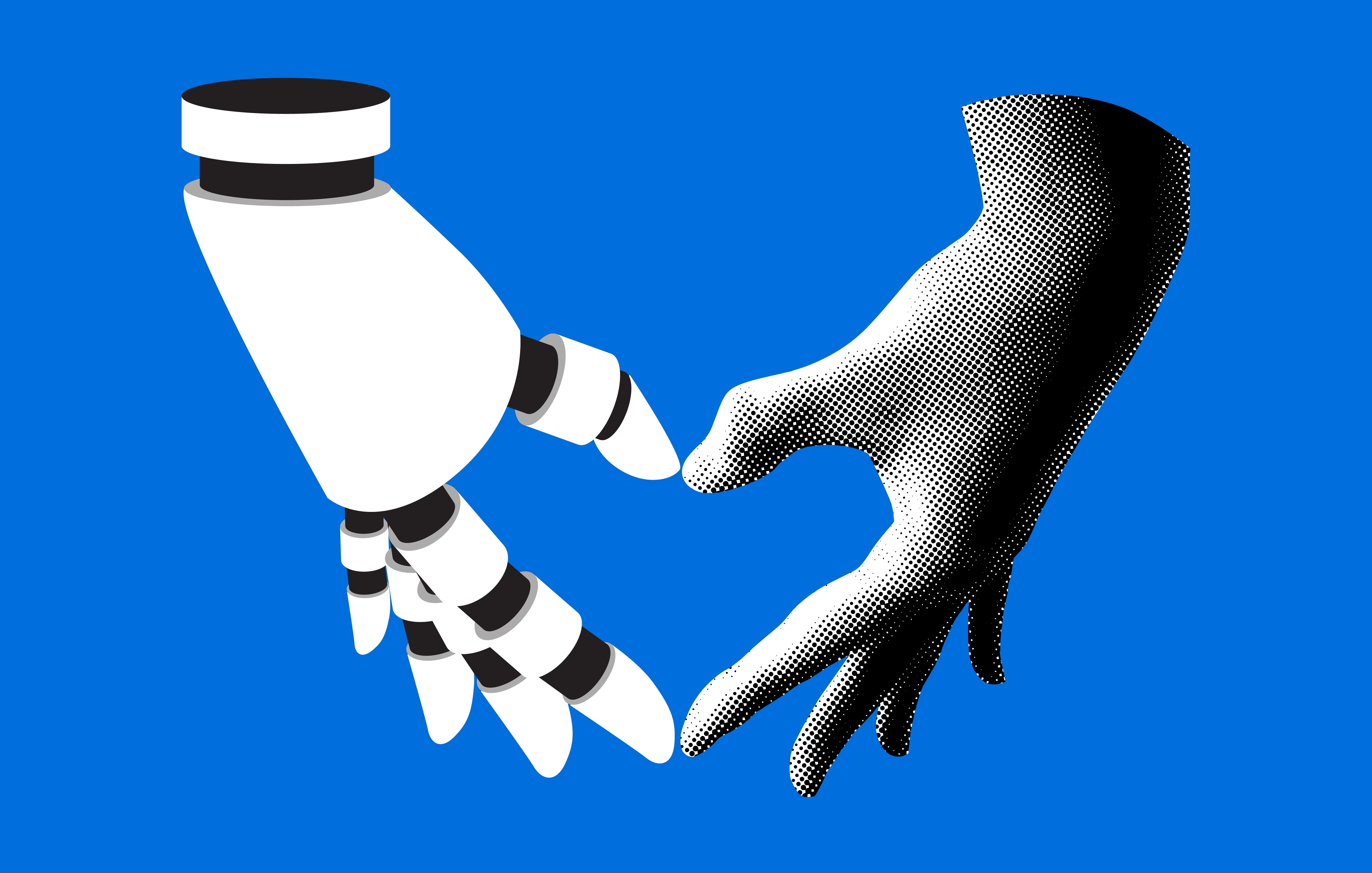
AI is no longer something businesses are experimenting with; instead, it’s quickly becoming an expectation across the organization.
AI is increasingly being used to automate tasks, improve decision-making, and enhance the employee experience, but it’s essential to view it as a collaborative tool, not a replacement for human expertise. By leveraging AI to streamline processes, leaders can free up time to focus on strategic initiatives, employee development, and building stronger relationships.
AI and human collaboration in the workforce involves combining human expertise with AI tools to enhance productivity, decision-making, and task automation. Humans handle strategic and creative work, while AI manages repetitive and data-driven tasks. The goal is to create a hybrid model where AI complements human capabilities, leading to higher productivity, improved employee satisfaction, and stronger business outcomes.
The human-AI collaboration spectrum
The human-AI collaboration spectrum refers to the range of interaction levels between humans and artificial intelligence, from full human control to full AI autonomy with human orchestration. It includes stages like AI-assisted decision-making, shared control, and autonomous AI action, depending on task complexity, risk, and required oversight.
Not all human-AI collaboration processes are created equal. While implementing AI to check spelling and grammar is a step in the right direction, this type of incremental process improvement will yield results on a similar scale.
In contrast, leaders who are looking to use AI to drive exponential growth must reconstruct how their organization works so that AI can be embedded across every workflow. This full-scale AI integration doesn’t happen overnight; instead, most organizations go through the following stages during their journey toward enterprise-wide human-AI collaboration:
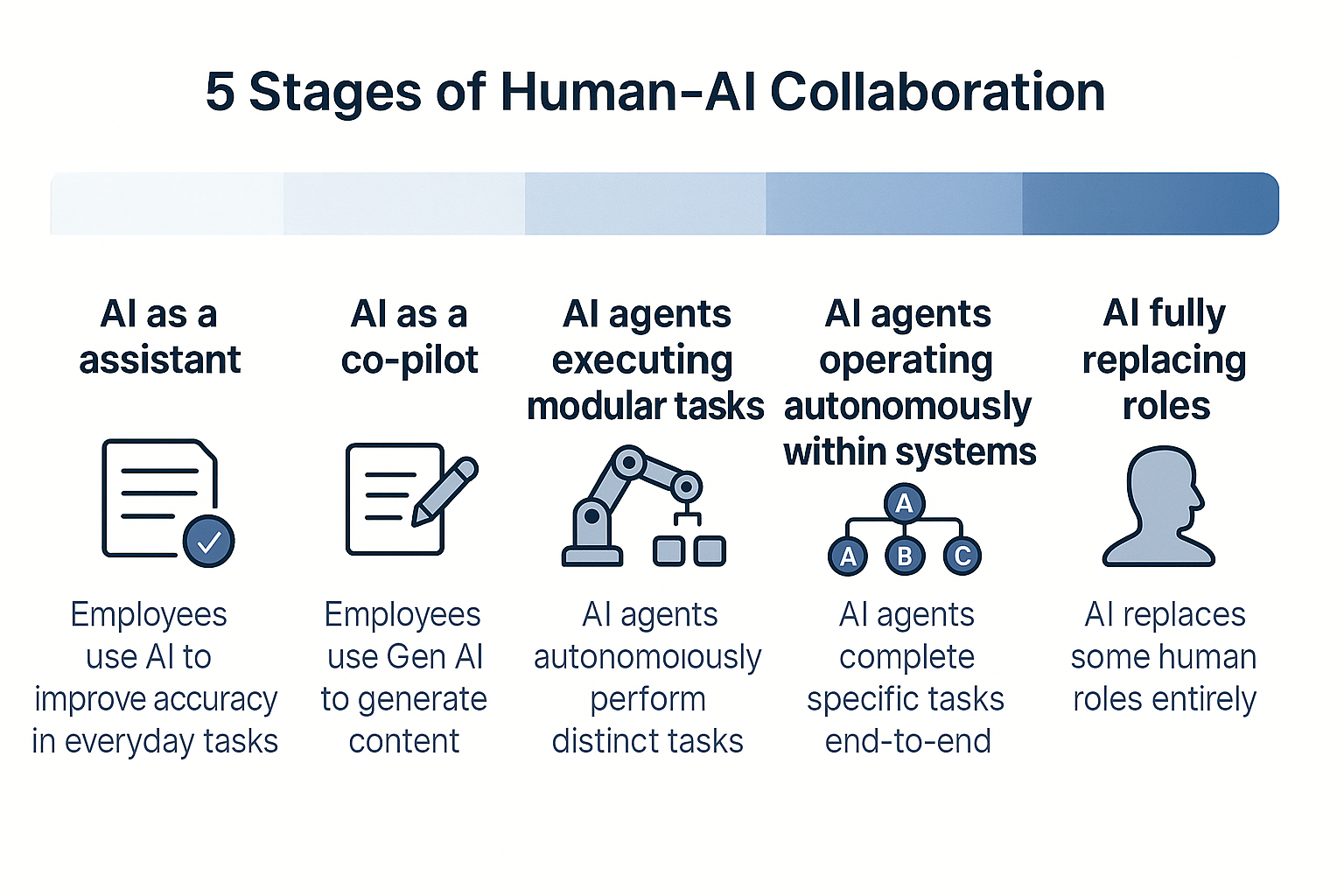
#1. AI as an assistant
During this preliminary stage, employees begin using AI systems to help them improve accuracy while completing their everyday tasks. Examples of this type of AI usage might include tools like Grammarly to improve spelling or smart search systems that go beyond basic keyword matching and use techniques like Natural Language Processing and Machine Learning to understand search intent.
#2. AI as a co-pilot
As AI evolves and advances, a growing number of employees use Gen AI to compose emails, write lines of code, and generate images. While these use cases are more advanced than search or spell check, they still represent an incremental improvement upon existing workflows, not a complete reimagination of how work itself gets done.
#3. AI agents executing modular tasks
The introduction of agentic AI represents a new world of possibilities for organizations that are looking to 10X their results. These systems can act autonomously with human oversight, performing tasks on behalf of people. Employees may begin using AI agents for disparate tasks like writing job descriptions or summarizing interview transcripts.
#4. AI agents operating autonomously within systems
As agentic AI use gains traction, leaders may begin relying on these systems to complete specific tasks from end to end. For example, AI agents might orchestrate onboarding journeys or demand generation cadences, enabling the employees working alongside them to concentrate on complementary tasks.
#5. AI fully replacing roles
With time, AI can advance enough to not only own processes end-to-end but also to execute a range of responsibilities that a human might have previously overseen. Some examples of roles that AI might be capable of replacing include data entry, help desks, and tier 1 support.
How to prepare your organization today
Regardless of where your organization currently sits on the spectrum, there are several foundational steps every leader can take now to future-proof their workforce and enable true human-AI collaboration.
#1. Deconstruct work
Before any work can be assigned to an employee or an AI agent, it must be broken down into a series of discrete tasks. Leaders must ask themselves what the true unit of work is and aim to understand all the steps that go into a specific project or deliverable.
#2. Understand skills
Once work is deconstructed into specific tasks, the next step is matching each of these tasks to the skills required to do it well. Executives can use AI-powered skills intelligence systems like Gloat’s Skills Foundation to gain a comprehensive understanding of their workforce’s capabilities, which will in turn help them determine the best combination of humans and AI agents to oversee specific tasks.
#3. Audit where skills are coming from
Next, leaders must analyze their current workforce and their existing tech stack to determine who or what has the capabilities needed to execute various tasks. Executives should ask themselves if a given task will be best performed by a human, a human + software, or a fully autonomous agent.
#4. Evaluate your technology ecosystem
After focusing on the human element of work execution, leaders should shift their focus to the technological component and map out the systems available, including classic SaaS tools and AI. Systems like Mosaic can not only identify the human skills leaders are looking for but also suggest relevant technologies from an organization’s tech stack—including enterprise Gen AI copilots, agent builders, and automation tools.
Real examples of human-AI collaboration across functions
Some examples of how human-AI collaboration can advance across business functions include:
#1. Marketing
A marketing team that’s just beginning to use AI might start by turning to Gen AI for help copywriting. Later on, the same team may progress to using an agent to automate and optimize various elements of a campaign, including analyzing data, making real-time adjustments, and predicting future trends. Eventually this team can rely on agentic AI to fully automate content distribution, freeing up employees’ time so they can focus on higher-level tasks like ideating and planning new campaigns.
#2. Talent acquisition
Talent acquisition teams may begin their journey with AI by using it to assist with interview scheduling. They can then take this one step further by using these systems to summarize interviews and recap any next steps for the hiring team. Finally, AI can own the candidate screening process from end-to-end by evaluating resumes against key criteria and ranking them accordingly.
#3. L&D
L&D teams may initially use AI as a recommendation engine to help them ensure employees are completing courses that align with their skills and ambitions. Over time this can progress to personalized AI tutors that can guide employees along their learning journeys. At the final end of the spectrum, AI can orchestrate entire learning pathways through systems like Studio, which enables L&D leaders to rapidly launch bespoke, targeted talent initiatives.
A new operating model for work
Every organization is on the precipice of a new way of working in which humans and AI work in tandem to create outputs that neither would be capable of alone. This transformation will occur in several defined stages as workforces first start experimenting with AI for incremental improvements, gradually integrate it into more of their workflows, and eventually use autonomous agents to complete specific tasks from start to finish.
As the role of AI evolves from a tool to an eventual project owner, human employees can expect their involvement in certain tasks to decrease as they shift towards owning orchestration. This will free them up to do more of the work that suits them best, including complex problem-solving, developing new ideas, and coaching and mentoring the next generation of talent.
Leaders can use models like this one to assess the current state of human-AI collaboration within their organization and prepare their workforce and tech stack in order to take the next step in this transformation.

Want to learn more about the future of human-machine collaboration? Check out The 10X Workforce, our guide to reconstructing work for the AI era, which features key takeaways from Josh Bersin’s research on Superworkers.
